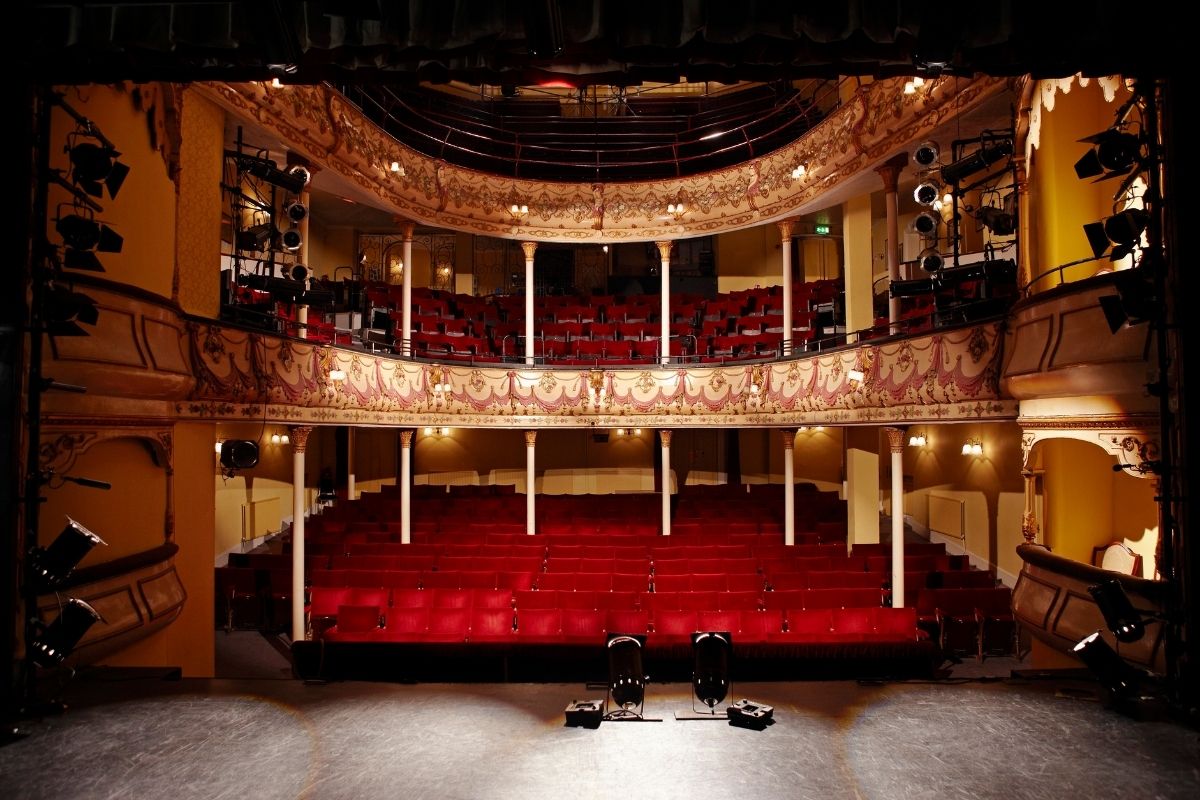Scenic Designers in the Performing Arts

What does a scenic designer do? “Well, I am essentially in charge of all of the visual elements that you see in the theater,” says Giannis Downs. “That can be what the curtains look like, what the props look like, what the architecture is painted like, and even how the actors come in and out of the space. My work tends to influence the costume designer and the lighting designer as well.”
Often, the performing arts scenic designer is brought in earlier than some of the other designers because the number of architectural elements involved tend to require more time to work on. I often work about six to eight months in advance of a production. So the scenic designer will be contacted by a director or a producer early on. When hired, they will start meeting with the directors. Sometimes, they will be in different parts of the country and have video chats or phone conversations. They’ll get to know each other and do some visual research. Then, they’ll start to develop visual clues as to what the design might look like.
As we develop the design a little more, the scenic designer will start doing some renderings, which could be pencil sketches, which a performing arts education would recommend. But nowadays, they’re more often crafted as digital illustrations. That will help the production team determine what the overall look will be. As that develops further, scenic designers make 3-D models and photograph them to forward to the others. Sometimes, the scenic designer sends the model itself to the director for approval.
“We’ll then take that model and do draftings of each element that will appear in the show,” says Downs. “So that could be large walls, as well as architectural details and individual props.” Online performing arts education models can be helpful at this stage. The scenic designer will create a large package of draftings of everything that they can think of along with lists and references for all of the elements that will be involved.
The next step is to take the model and paint it in Photoshop or other digital programs, and that will provide color notes for the director to choose from. The lighting designer and costume designer can also base their ideas on these renderings. Those will become the basis for the painters to colorize the show. When the production team is actually in the theater, much of the scenic designer’s work is done.

